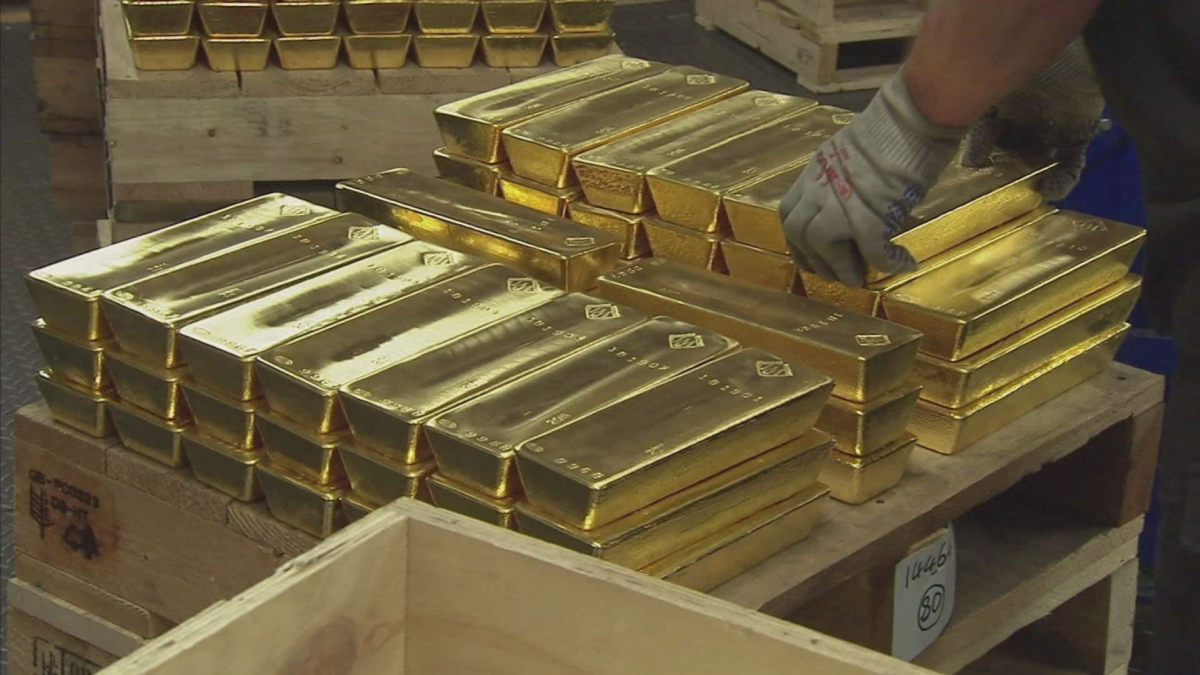An economist revealed that gold comprises less than 10 percent of the Philippines’ gross international reserves (GIR) amid reports of the country being the largest seller of gold in the first half of 2023.
In an interview with Market Edge on Wednesday, economist JC Punongbayan clarified that despite the gold sale, the country’s GIR had actually increased compared to the previous year.
“Right now, gold is less than 10 percent of the total gross international reserves of the country, and in fact, even with the recent sales in the first half of this year, total gross international reserves have actually increased from last year,” Punongbayan said.
He further explained that the Bangko Sentral ng Pilipinas (BSP) may have opted to sell gold to bolster its net income, citing a significant decline in the BSP’s earnings this year.
“For 2023, there was actually a huge decline in the net income of the Bangko Sentral ng Pilipinas, so I think they’re quite eager to look for profit-making opportunities to boost their net income for this year,” he pointed out.
Punongbayan also mentioned that part of the BSP’s capital was allocated to the Maharlika Investment Fund, which could be another reason behind the decision to sell gold.
While gold remains a traditional reserve asset, modern central banks, including the Philippines, now hold most of their reserves in foreign investments. According to Punongbayan, the Philippines’ international reserves are in a comfortable position, with import cover exceeding seven months.
This news comes as gold continues to trade at around $2,600 per ounce in global markets, with its value often appreciated during times of economic uncertainty.






